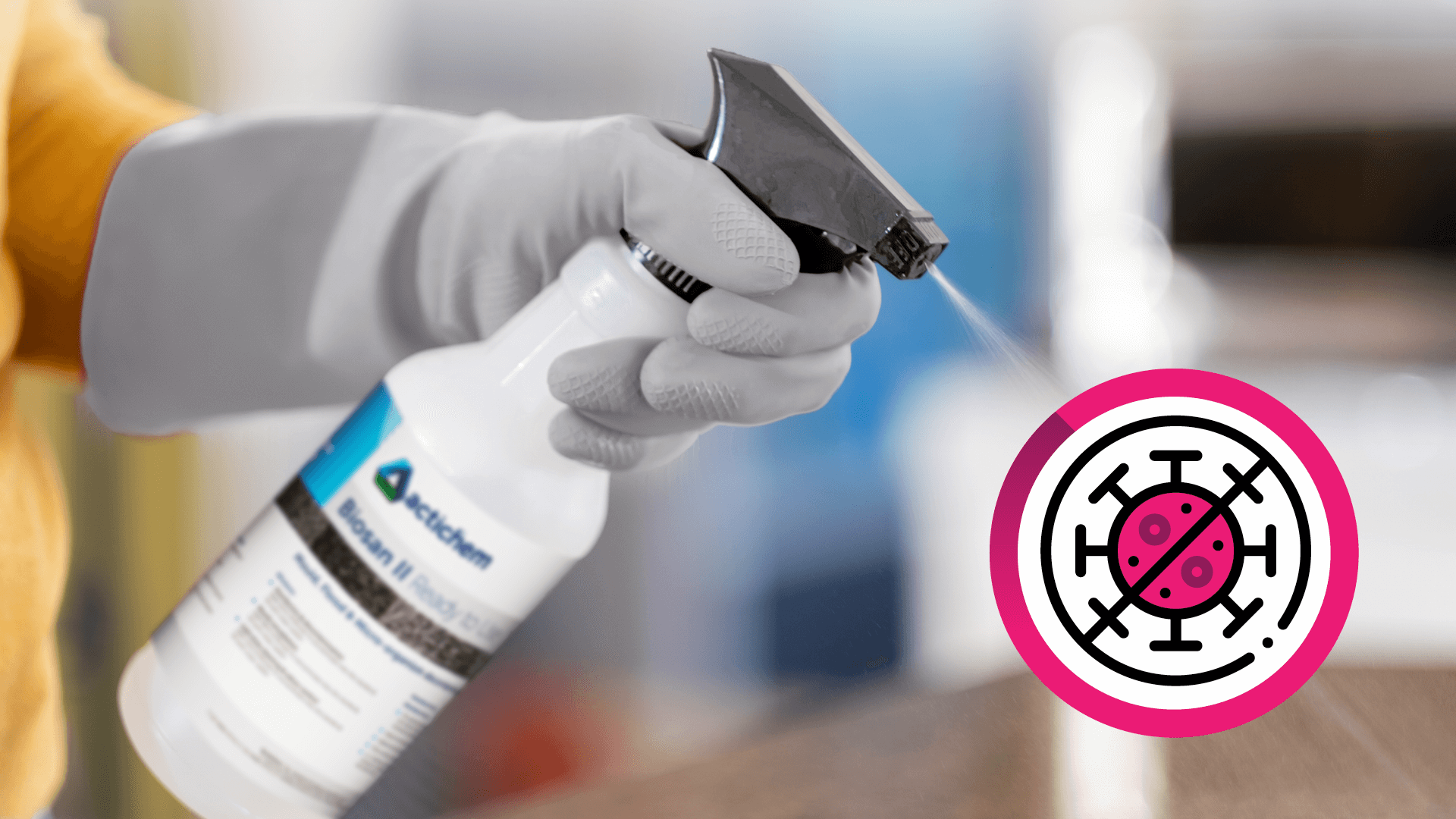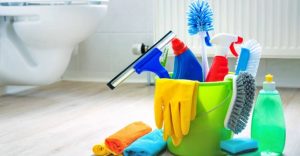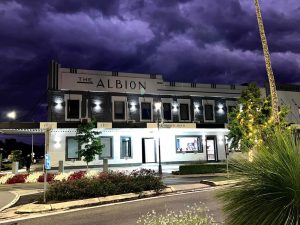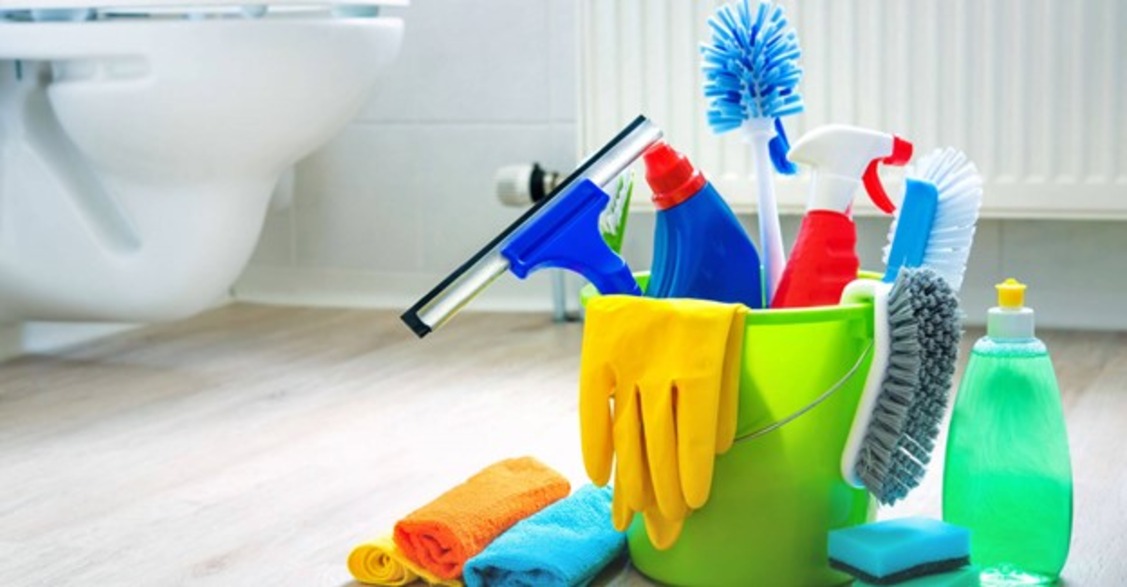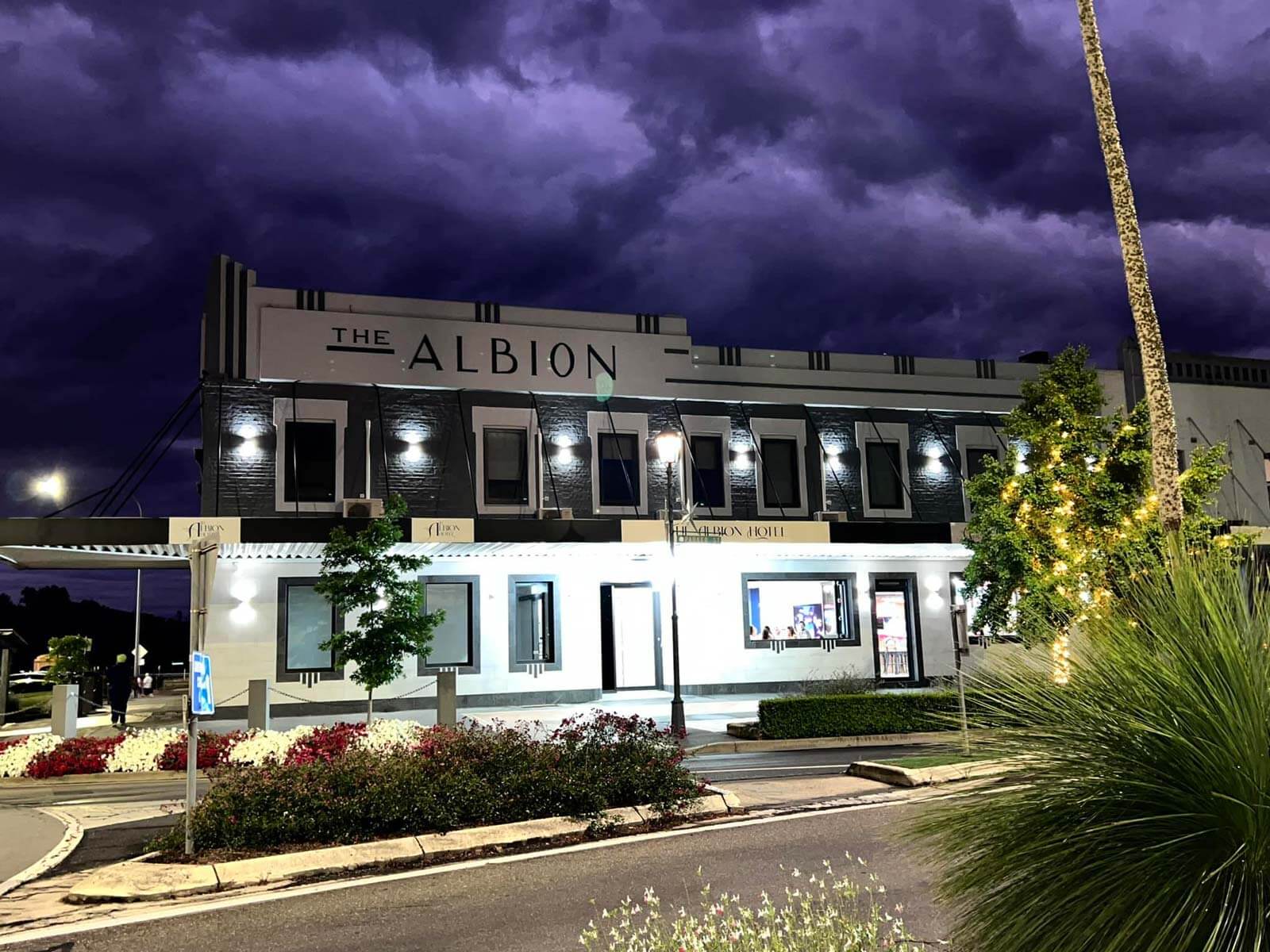Nowadays, we hear a lot about viruses, disinfection and sanitising in the media, but the real science is rarely explained.
How do you protect your vulnerable residents from harmful microorganisms like COVID-19?
We partnered with Everard Paynter of Actichem in our webinar to answer this question.
Surface Disinfection, Explained
Everard broke down the topic of surface disinfection into three distinct parts:
- The problem
The science behind microorganisms and the infections they cause.
Disinfection, how it works and the effect of surface type.
- The details
Methods of application of surface disinfection.
Surface disinfection is a key ingredient of hygiene in an aged care home.
It’s not only an answer to the immediate problem of COVID-19. It’s a continual protection against infections in a facility full of vulnerable people.
The Science Behind Surface Disinfection
The goal of surface disinfection is to prevent infections, by targeting the cause of the illnesses.
Pathogens.
There are thousands of these harmful microorganisms. Microbiology classifies them into six groups, according to their composition and nature:
- Vegetative bacteria
- Bacterial spores
- Mycobacteria
- Moulds
- Viruses
– Unenveloped
– Enveloped
Types of Harmful Microorganisms
Vegetative Bacteria
What are they?
Vegetative bacteria are tiny cells that are ‘alive’ and reproducing.
Common infections
Vegetative bacteria cause several common infections. Staphylococcus Aureus (staph) is well known in healthcare for causing skin infections. Streptococcus (strep) is also common, causing respiratory illness, salmonella, e-coli, etc.
Lifespan range (on surfaces)
Vegetative bacteria can last from minutes to years, depending on:
- the type of bacteria they are, and
- the environmental factors around them.
Bacterial Spores
What are they?
Also known as endospores, bacterial spores are a dormant form of some vegetative bacteria. They are highly resistant to environmental factors and disinfection, so the vegetative bacteria turn into spore form as a ‘survival mode’ in tough conditions.
Common infections
As bacterial spores are dormant, they do not actively cause infections. However, when conditions are favourable, the spores can turn back into vegetative Bacillus or Clostridium bacteria.
Lifespan range (on surfaces)
Bacterial spores can last from years to centuries on surfaces.
Mycobacteria
What are they?
Mycobacteria are a unique bacteria type. They are very tough and very resistant to environmental factors and disinfectants. Mycobacteria are known to cause very serious infections when they enter a human body.
Common infections
Typical diseases caused by mycobacteria include leprosy and tuberculosis.
Lifespan range (on surfaces)
Mycobacteria’s lifespan outside of a carrier ranges from weeks to months.
Moulds
What are they?
Moulds are a type of fungus which is a living organism.
Common infections
Moulds can grow on the skin and cause a skin disease such as a toenail infection.
Lifespan range (on surfaces)
Moulds live on surfaces from days to weeks.
Viruses
What are they?
Viruses are much, much smaller than bacteria and are essentially microscopic parasites. They have no ability to thrive or reproduce outside of their host. There are two types of viruses,
- unenveloped (non-lipid) viruses
- enveloped (lipid) viruses
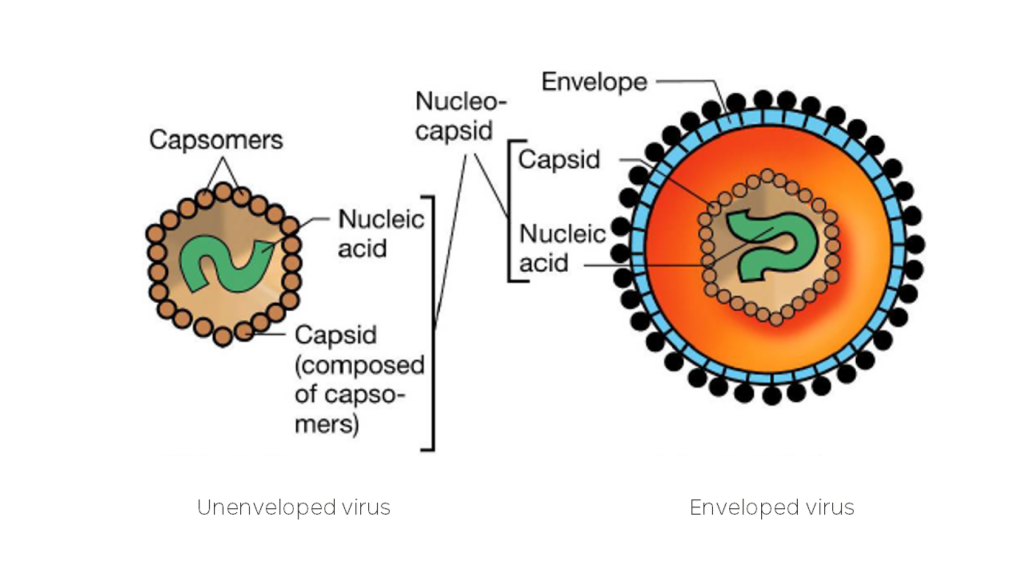
Unenveloped viruses are the smallest of viruses and are about 10,000 times smaller than a grain of rice.
They consist simply of a nucleic acid core which contains the DNA or RNA and is encased in a protein layer.
Enveloped viruses have a secondary layer referred to as an envelope.
Common infections
Unenveloped viruses include the polio and parvo viruses.
The most common enveloped virus you’ve heard of is the coronavirus SARS-CoV-2, which causes COVID19.
Enveloped viruses also cause other diseases we know today, including AIDS, Ebola, Influenza.
Lifespan range (on surfaces)
Most viruses can last on surfaces from hours to days.

Lifespans of Microorganisms
Lifespans are defined as how long microorganisms usually survive outside of a carrier. This is important, because the longer a germ stays alive on a surface, the more likely it is to transfer to a carrier and cause an infection.
Knowing the factors that can decrease lifespan of microorganisms is an important tool to reduce infection risk in aged care facilities. Some key environmental factors that decrease lifespans include:
Table 1: The Effect of Environmental Factors on Lifespans
| Key Factor | Effect on Lifespans |
| Organic waste | Increases lifespans |
| Sunlight (UV) | Decreases lifespans |
| Extreme temperatures | Decreases lifespans |
| Surface type | Smoother surfaces increase lifespans for viruses Porous surfaces increase lifespan for bacteria |
A critical takeaway:
Keeping surfaces clean (removing organic waste) limits the chances of germs surviving on those surfaces.
Resistance to Surface Disinfection
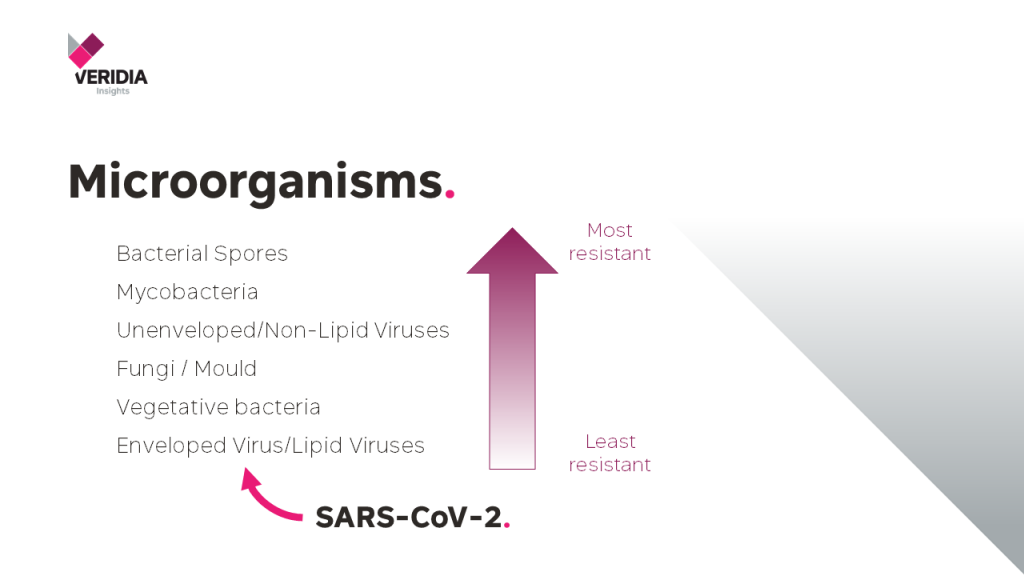
Here are the microorganisms in order of decreasing resistance to environmental factors and to disinfectants:
- Bacterial spores
- Mycobacteria
- Unenveloped viruses
- Mould
- Vegetative bacteria
- Enveloped viruses
SARS-CoV-2, the virus that causes COVID-19, falls into the enveloped virus group. So, it’s one of the easiest microorganisms to neutralise when outside its human carrier.
In other words, SARS-CoV-2 is easy to kill, but easy to spread.
This is why surface disinfection plays such as important role in the fight against infection.
What is Surface Disinfection?
Surface disinfection is using a chemical to kill the microorganisms which could cause infections.
First, it’s important to define the various kinds of chemicals we use to kill microorganisms, as these are often confused.
Table 2: Types of Disinfectant and Their Uses
| Type of Disinfectant | Use |
| Sterilant | Sterilizing surgical implements and therapeutic instruments. |
| Hospital Grade Disinfectant | Neutralising common healthcare infections caused by enveloped viruses, bacteria and mould. These are verified by the TGA and are designed to provide reliable service in healthcare environments. |
| Commercial Grade Disinfectant | Neutralising enveloped viruses, bacteria and mould. These do not have to meet the same stringent testing as the hospital grade disinfectants and are more suited to lower risk, public areas. |
| Sanitisers | Disinfecting in food preparation and kitchen facilities. |
| Skin Care Sanitisers | Killing germs on hands and skin. These are mainly used in general and low risk healthcare settings. |
| Antiseptics | Killing germs in wound care and surgical applications. |
Author’s Note:
When you’re using disinfectants, it’s essential to use them exactly as per the instructions. This includes:
• using the disinfectant at the correct strength
• allowing stipulated dwell times
• not using disinfectants past their expiry date
• never mixing disinfectants with any other chemicals, and storing solutions in sealed, supplier provided bottles.
The Effect of Surface Type
We saw in Table 1 that surface type affects lifespan.
Similarly, surface type has a significant impact on disinfection.
Smooth surfaces are difficult to fully wet and keep wet (to ensure dwell times and full disinfection). On the other hand, rough and porous surfaces have difficult to access pores (which can prevent all the surface from being disinfected).
Your disinfectant needs to have excellent wetting and penetrating ability. But, you must team this up with wiping to dislodge any remaining organic matter.
Author’s Note:
Touch points are mostly smooth surfaces. They hold microfilms of skin oil which need to be broken through with wiping to guarantee effective disinfection. Even hydrophobic surfaces such as phone screens hold tenaciously onto oily skin residues.
How Do We Use Surface Disinfection?
Now we know the key points to consider when you’re choosing a disinfectant, how do we apply this knowledge to an aged care facility?
Cleaning Before Surface Disinfection
The first and most important thing when disinfecting surfaces is to clean first.
A clean facility is 90% of the way to complete infection control, because organic matter (dirt) on surfaces has two massively negative factors:
- Organic matter harbours microbes, feeding and housing pathogens.
- Organic matter deactivates disinfectants by getting in the way of the chemical.
So, cleaning is the first thing to tackle, especially in high-risk and high contaminant areas such as showers and washrooms.
Methods of Surface Disinfection
There are two methods you should use side-by-side when disinfecting most surfaces:
- Spray and wipe
- Fogging/spraying
Spray and wipe
You need two steps to clean dirty surfaces and localized decontamination such as blood or urine spills. Always clean the area first (preferably with the disinfectant) and then disinfect in a second step.
For visually clean surfaces, you can clean and disinfect in one step. Always wipe with a cloth to break through any micro-oils on the surface.
Everard’s pro tips on the spray and wipe method:
- The most effective cloth for disinfection is chux cloth. It doesn’t absorb the disinfectant moisture and provides good agitation.
- Don’t use microfibre cloths with disinfectants. Microfibre cloths will work against the biocide chemistry due to conflicting charges. They’ll also absorb the moisture, taking it away from the surface.
- Pre-moistened disinfectant wipes can also be useful as an alternative to spraying.
Fogging/spraying
In bio-decontamination situations, fogging or micro-spraying is an effective disinfection method.
Depending on the disinfectant used, most surfaces can be left to air dry. However, touch points must be wiped with a premoistened cloth for disinfection to be effective.
If you need to conduct a deep clean, research options to buy your own fogger or sprayer. It’s also worthwhile to get quotes from outside contractors.
Author’s Note
The most effective method when wiping is to allow the surface to air dry, as opposed to wiping dry.
Air drying provides the dwell time required for neutralizing germs. It also leaves a microfilm of residual biocide on the surface for extended protection.
The Results from Surface Disinfection
Regular, effective cleaning and disinfection is a lot less expensive than an outbreak.
You can save money on surface disinfection by:
- Using professional dispensing systems,
- Keeping equipment maintained,
- Outlining clear, simple processes, and
- Preventing wastage with best practices.
Most importantly, effective surface disinfection will protect your elderly residents from potentially deadly pathogens.
Want to learn more of Everard’s surface disinfection tips?
